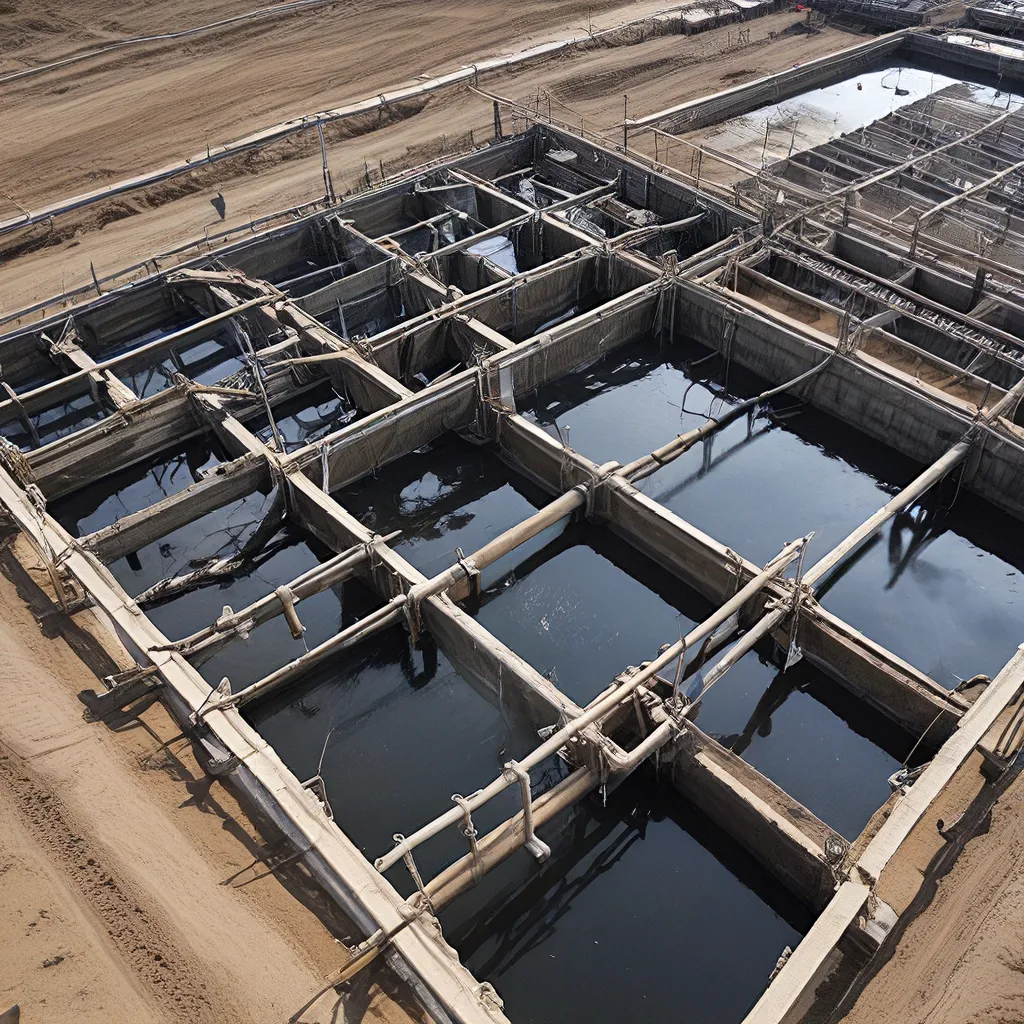
Tapping into the Power of Collaboration
As the world grapples with the ever-growing challenges of sustainable resource management, one area that has garnered significant attention is the realm of wastewater treatment. It’s a domain fraught with complexities, where innovative solutions often emerge from the most unexpected of partnerships. And I, for one, have had the privilege of witnessing firsthand the transformative power of public-private collaborations in this space.
Let me take you on a journey through the intricacies of wastewater treatment, where the lines between public responsibility and private ingenuity converge to create a symphony of progress. Veolia North America, a global leader in resource management, has been at the forefront of this charge, seamlessly integrating their expertise with the vital oversight of government entities.
Unlocking the Potential of Public-Private Partnerships
Public-private partnerships, or PPPs, have emerged as a powerful tool in the quest for sustainable wastewater management. These collaborative efforts harness the unique strengths of both the public and private sectors, creating a synergistic relationship that can truly transform the landscape.
On the one hand, the public sector brings a deep understanding of local needs, regulatory frameworks, and the overarching responsibility to safeguard the wellbeing of communities. Government agencies play a crucial role in setting the standards, enforcing compliance, and ensuring that the interests of the public are always at the forefront.
Conversely, the private sector brings a wealth of technical expertise, innovative thinking, and operational efficiency. Companies like Veolia have honed their skills in navigating the complexities of wastewater treatment, leveraging cutting-edge technologies and industry best practices to deliver exceptional results.
By bridging these two realms, PPPs create a harmonious blend of public oversight and private ingenuity. The public sector can tap into the private sector’s agility and creativity, while the private sector benefits from the stability and regulatory guidance provided by the government. It’s a true win-win scenario, where the collective efforts lead to enhanced resource utilization, improved environmental outcomes, and ultimately, a healthier and more sustainable future for all.
Optimizing Resource Utilization: The Key to Sustainable Wastewater Management
One of the fundamental principles driving the success of public-private partnerships in wastewater treatment is the relentless pursuit of resource optimization. Researchers have long recognized the immense potential of wastewater as a valuable resource, rather than merely a waste stream to be discarded.
Imagine a world where wastewater is not just a problem to be solved, but a wellspring of opportunities waiting to be unlocked. Veolia, with its deep understanding of the field, has been at the forefront of this paradigm shift, exploring innovative ways to transform wastewater into a resource that can benefit communities in myriad ways.
From the recovery of valuable nutrients and the generation of renewable energy to the production of high-quality water for industrial or agricultural use, the possibilities are truly boundless. And it’s through the collaborative efforts of public-private partnerships that these solutions are being realized, one community at a time.
The Transformative Power of Collaboration
As I’ve witnessed firsthand, the true magic happens when the public and private sectors come together in pursuit of a common goal. It’s a dance of complementary strengths, where each partner brings something unique to the table, resulting in a harmonious and impactful outcome.
Imagine a scenario where a municipality is struggling with aging wastewater infrastructure and mounting operational costs. Veolia, with its deep expertise and global reach, steps in to partner with the local government, bringing its technical prowess and innovative solutions to the table.
Together, they embark on a journey of modernization, leveraging the latest technologies and best practices to optimize the entire wastewater treatment process. The municipality benefits from Veolia’s industry-leading knowledge, while Veolia gains valuable insights into the specific needs and constraints of the local community. It’s a symbiotic relationship that breeds success, with the ultimate beneficiary being the people who rely on the efficient and sustainable management of their wastewater resources.
Pushing the Boundaries of Possibility
As I reflect on the transformative power of public-private partnerships in wastewater treatment, I can’t help but feel a sense of excitement and optimism for the future. The possibilities are truly limitless, and I firmly believe that the next wave of breakthroughs will emerge from these collaborative efforts.
Perhaps we’ll witness the development of next-generation wastewater treatment technologies that can extract even more valuable resources from the waste stream. Or maybe we’ll see the rise of innovative financing models that make sustainable wastewater solutions accessible to communities of all sizes and budgets.
Regardless of the specific advancements, one thing is certain: the future of wastewater management lies in the power of partnership. By combining the strengths of the public and private sectors, we can unlock new frontiers of resource optimization, environmental protection, and community resilience.
So, let’s continue to push the boundaries of what’s possible, embracing the transformative power of collaboration and paving the way for a more sustainable and resource-efficient future. The journey may be complex, but the rewards are truly boundless.